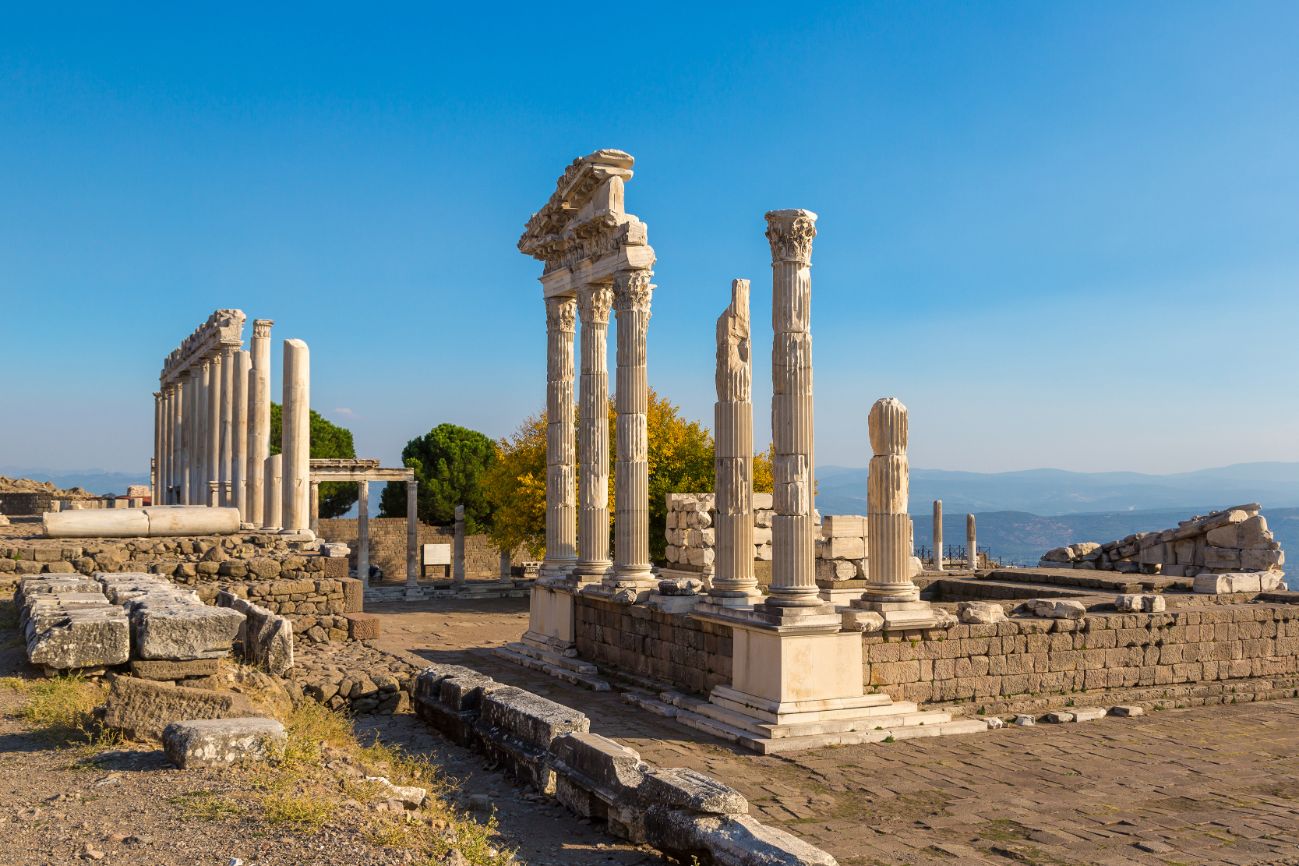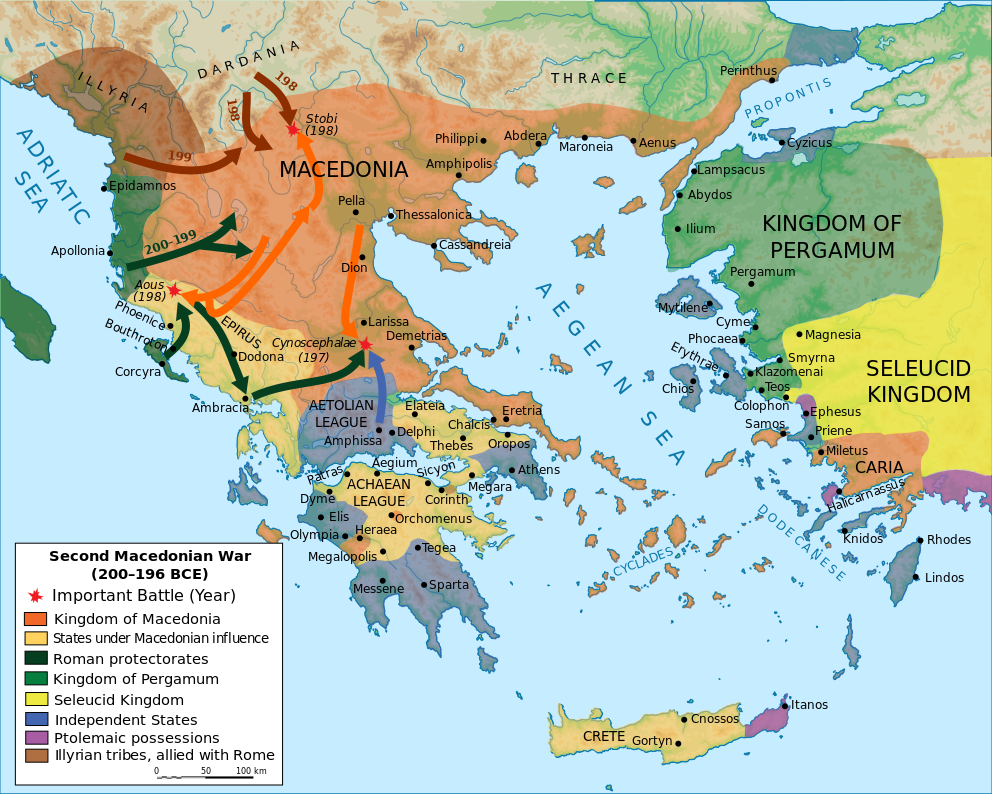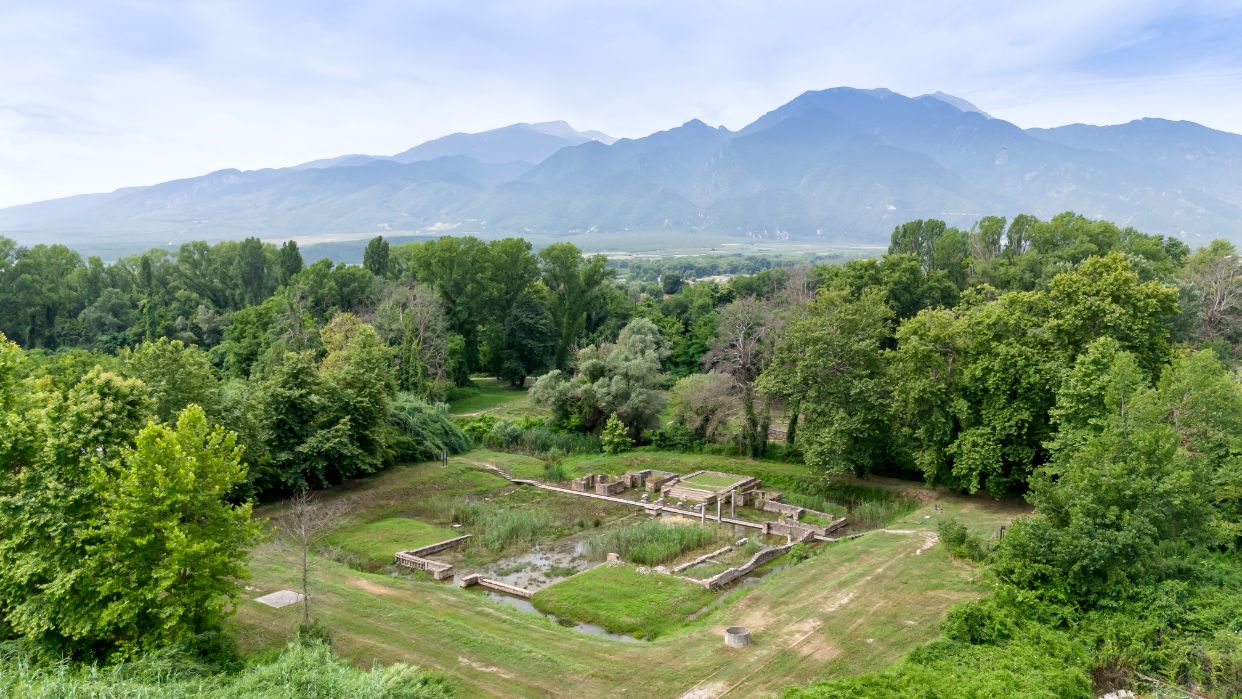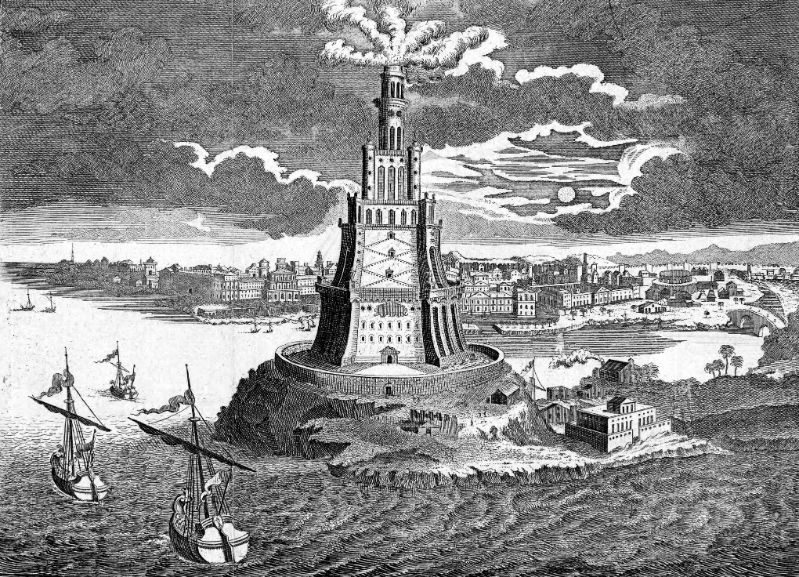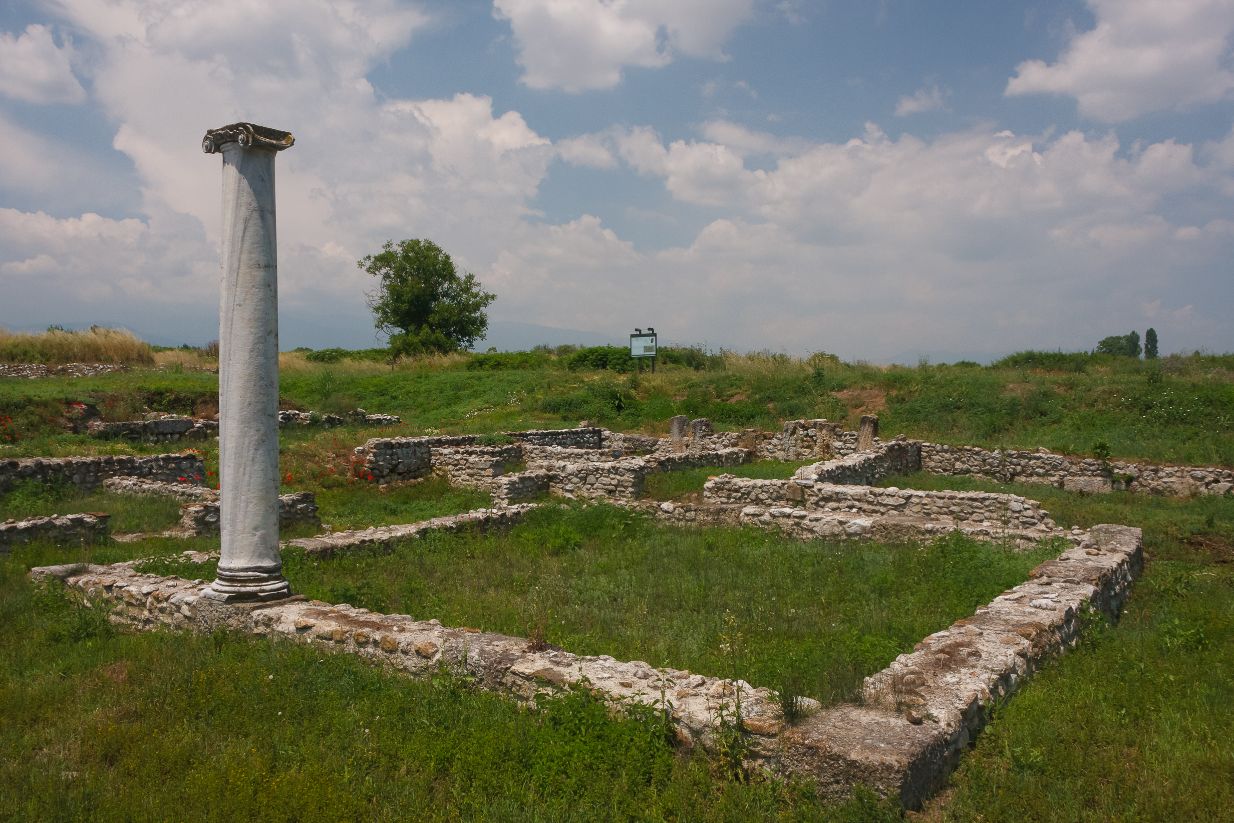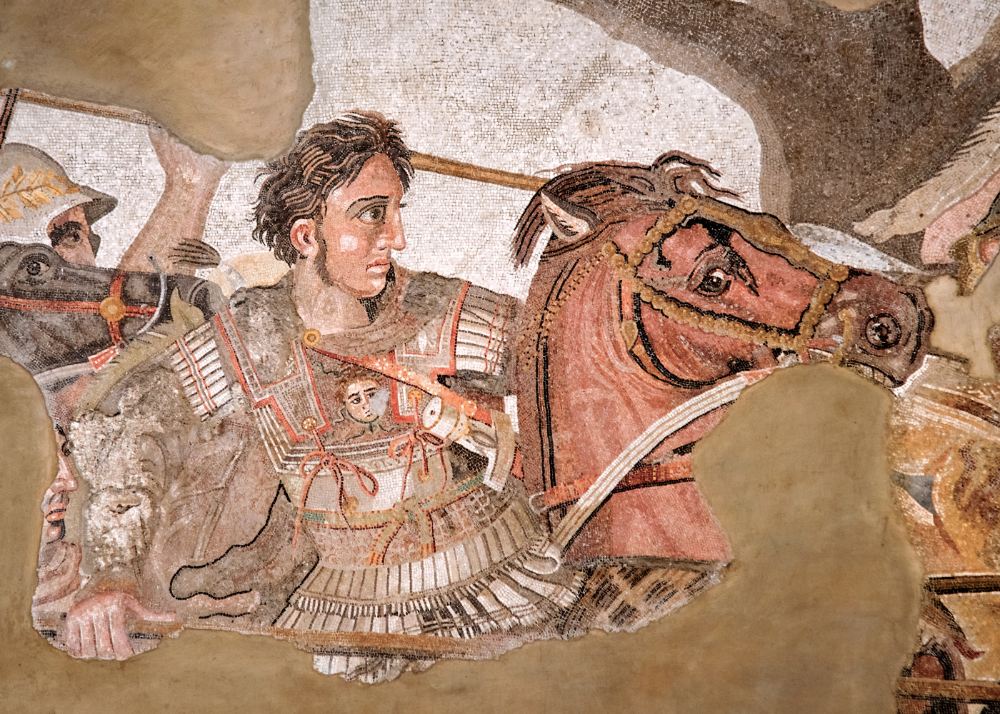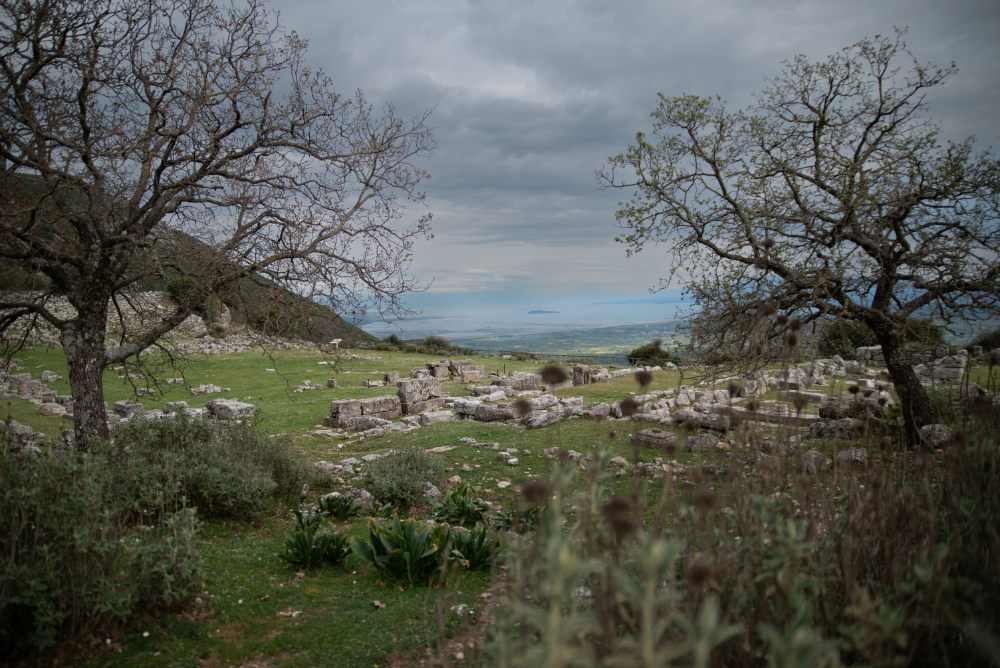Sanctuary of Healing
The Temple of Pergamon, dedicated to the healing god Asclepius, was one of the most important religious sites in the ancient world, located in the city of Pergamon, modern-day Turkey. Constructed in the 2nd century BC, the temple served as part of a larger complex known as Asclepius, which included a library, a theater, and various healing facilities that attracted pilgrims from far and wide.
This magnificent structure was renowned for its innovative architectural design, blending Hellenistic style with dramatic elevations. Built on a hillside, the temple’s platform offered breathtaking views of the surrounding landscape. Visitors approached through a sacred gate adorned with intricate relief sculptures depicting mythological scenes, reflecting the artistry of the period.The interior housed a monumental statue of Asclepius, surrounded by altars and offerings left by those seeking cures for their ailments. The temple became a center for medical practices, where patients were treated with a combination of spiritual rituals, dream interpretation, and natural remedies derived from the extensive library of ancient medical knowledge housed nearby.
In addition to its religious and medical significance, the Temple of Pergamon became a social and cultural hub, hosting various events, festivals, and intellectual gatherings. Over time, the site’s grandeur declined, and much of the temple’s materials were repurposed or destroyed during the Byzantine period.Today, the ruins of the Temple of Pergamon stand as a testament to the architectural brilliance and cultural vitality of the Hellenistic era, drawing visitors from around the globe who seek to connect with its rich history and enduring legacy.

